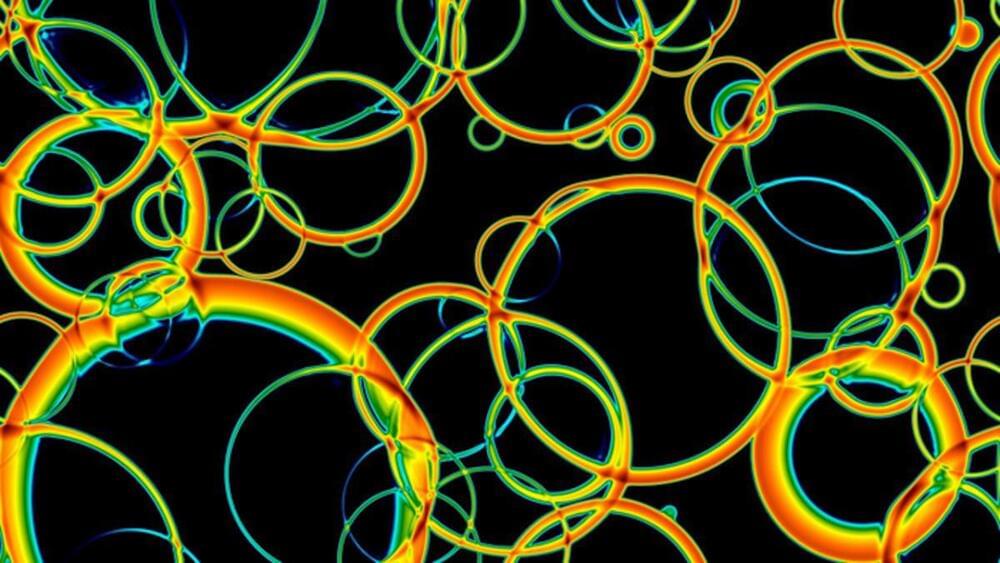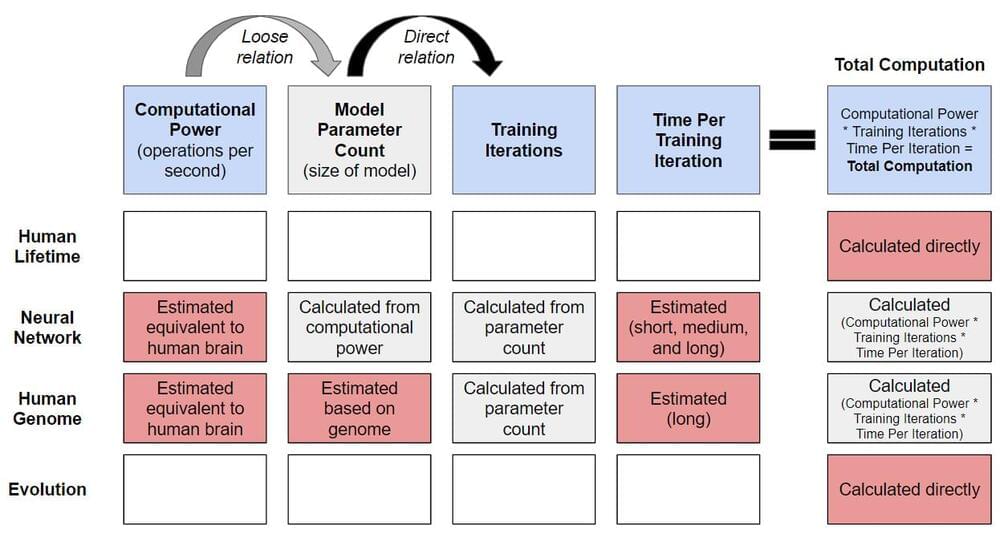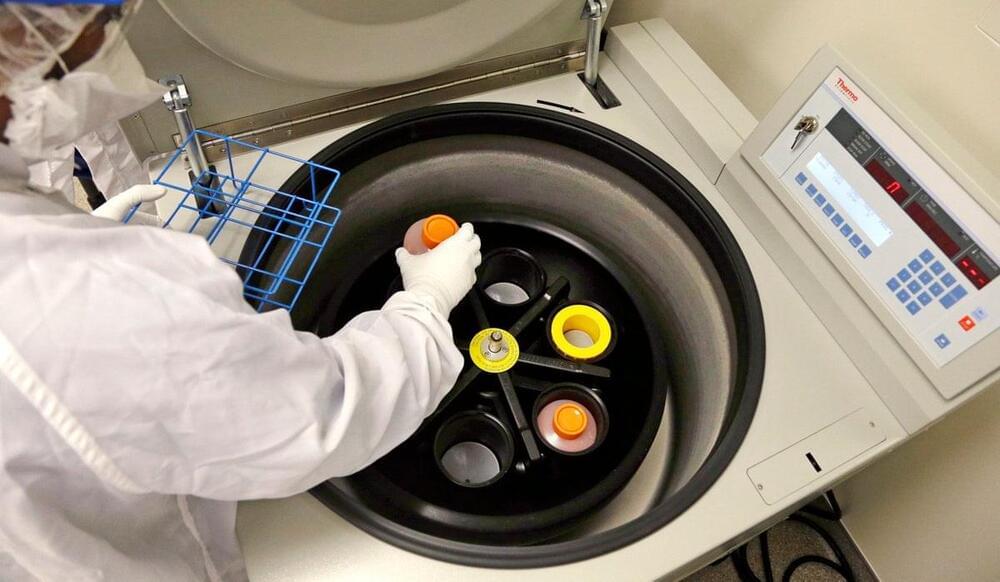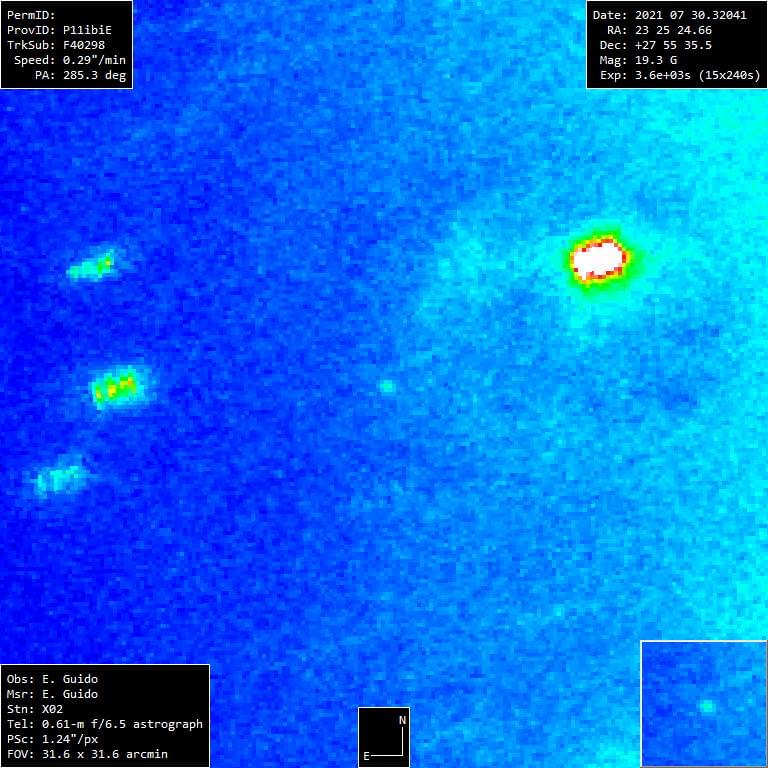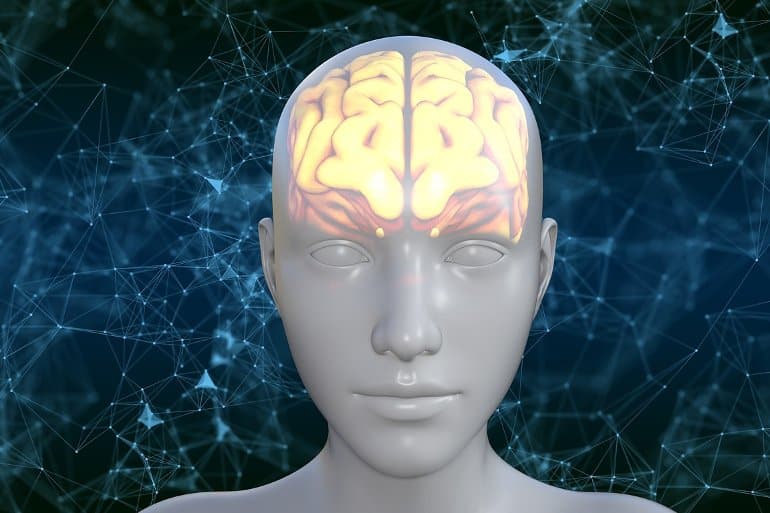And an AI could generate a picture of a person from scratch if it wanted or needed to. its only a matter of time before someone puts it all together. 1. AI writes a script. 2. AI generates pictures of a cast (face/&body). 3. AI animates pictures of the cast into scenes. 4. it cant create voices from scratch yet, but 10 second audio sample of a voice is enough for it to make voices say anything; AI voices all the dialog. And, viola, you ve reduced TV and movie production costs by 99.99%. Will take place by 2030.
Google’s PHORUM AI shows how impressive 3D avatars can be created just from a single photo.
Until now, however, such models have relied on complex automatic scanning by a multi-camera system, manual creation by artists, or a combination of both. Even the best camera systems still produce artifacts that must be cleaned up manually.
